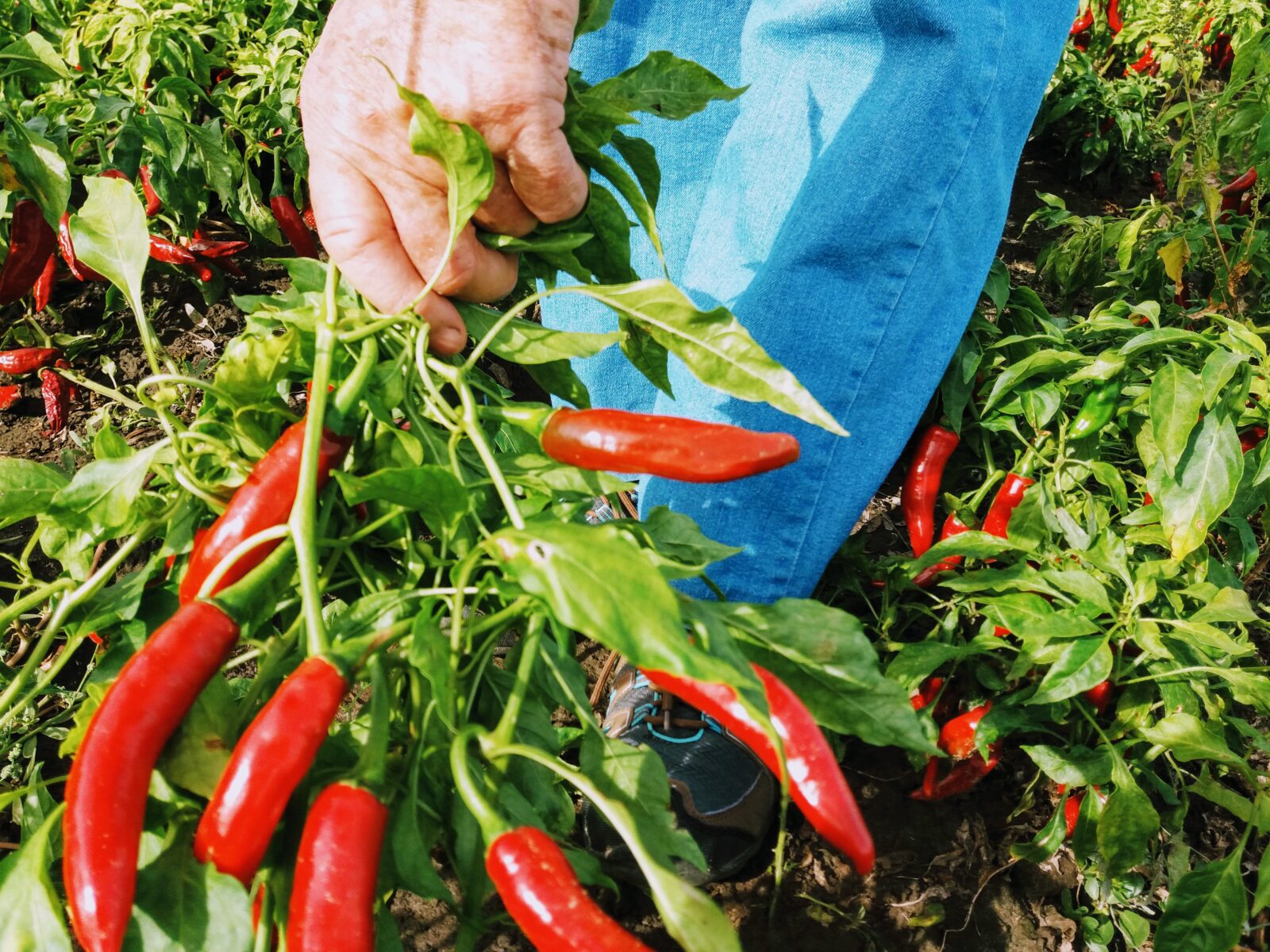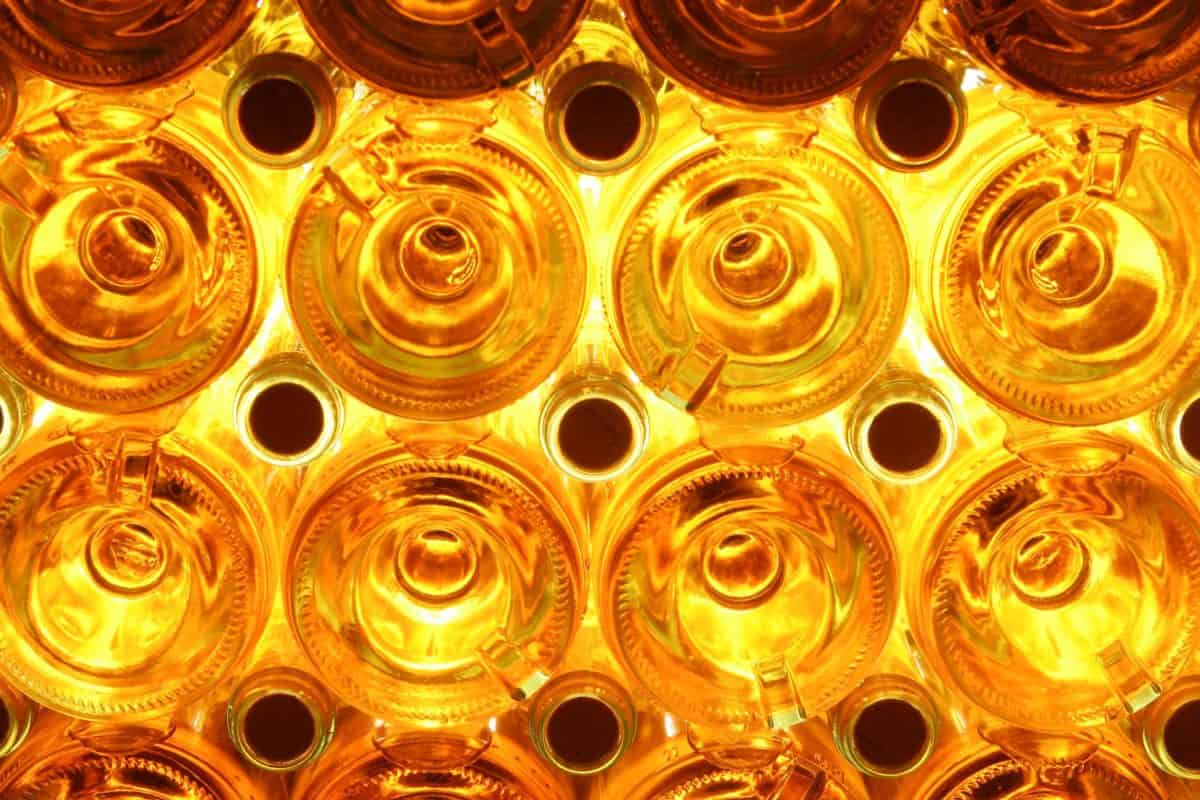-
×
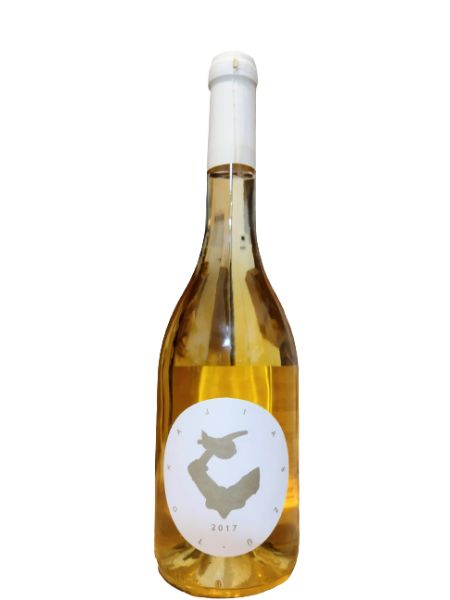 Vayi Tokaji Aszú 2019
Vayi Tokaji Aszú 2019 Delivery time: 1-5 working days
Includes: 0,5 l
1 × €29,90 €59,80 / l
Updates
Tokaji Aszú 101
No Hungarian wine has ever been as famous as the highest-quality natural sweet wines of the Tokaj region, Tokaji Aszú. While sweet wines aren’t very fashionable today, Aszú is just delicious. To put it simply: this is one of those things you have to try in your life.
Origins of Tokaji *
According to the legend, Laczkó Máté Szepsi, ancestor of István Szepsy, made the first Aszú wine in 1630. Like all medieval legends, this may or may not be true, and recent evidence points to Aszú production in the area almost a hundred years before Szepsi’s first wine. What we know for sure is that Tokaj quickly became a leading European wine region thanks to these delicious wines. Louis XIV considered it the “king of wines, wine of kings”, and the Russian czars had a local office in the region in the 18th century to ensure the best supply of Tokaji to their court. Classification of the best vineyards of the region began in 1730, becoming the first wine region in the world with an official classification and quality system.
A combination of factors make Aszú wines so exciting: its unique grape varieties, the volcanic soils of Tokaj, and the unique climate and autumn fog that allows botrytis, or noble rot, to develop on the grapes and give them their unique flavor. Let’s go through them one by one:
- Furmint, Hárslevelű and Yellow Muscat are the three main grape varieties that go into Aszú. The firmness and minerality of Furmint, the rich and warm flavors of Hárslevelű and the floral, fruity aromas of Yellow Muscat blend together into a wine blasting with flavor,
- the volcanic soils of the region give the wines a refreshing acidity and an extra layer of flavor that balances out the sweetness of the wines. The sweetness is formed by harvesting the grapes later in the year than usual, allowing extra sugar to build up inside,
- and most importantly, Tokaj is located just above the delta of the Bodrog and Tisza rivers, which flood in the autumn, causing a mist to rise into the hills. When grapes are kept on the vine until late in the year, noble rot (botrytis) can form on them. Just like blue cheese, this enhances the flavors in the grapes and adds an extra, final layer of complexity to the wine.

How to make Aszú
The first step to making Aszú wines is to harvest some of the grapes for the wine in the regular harvest season or slightly later, just like when making a dry wine. Then, the weather lottery begins.
For the next weeks or months, winemakers sit with nerves of steel and watch the weather get colder, hoping that no heavy rains or sudden frosts come, hoping that the mist rises just like it should, and hoping that the grapes only get affected by noble rot and no bad diseases or other dangers. If anything goes wrong, most of their crop is lost and they will have to try again next year. If everything goes well, they begin harvesting these noble rot grapes by hand, grape by grape, often several times a day to make sure that each grape is just right for the next step, the making of the Aszú paste made by crushing these berries.
Then, must or wine from the first step is poured onto this paste, allowing the aszú flavors to seep into the wine for a day or two. After this, the wine is left to ferment and age for several years. The result is something exceptional: a blast of flavors from fresh fruitiness to rich honey notes all the way to volcanic minerality, with a fresh burst of acidity to balance the dense sweetness of the wine.
Traditionally, Tokaji Aszú was labelled 3, 4, 5 or 6 puttonyos based on how many “puttonys”, or baskets used to collect Aszú grapes, were added to the wine. Today, the categories are judged by their sugar content: wines with a minimum of 60 grams of sugar per liter can be called 3 puttonyos, and the scale rises with each number. This is just a minimum, and many winemakers use higher sugar levels than the minimum prescribed for their category.
3 puttonyos – 60g/l residual sugar
4 puttonyos – 90g/l residual sugar
5 puttonyos – 120g/l residual sugar
6 puttonyos – 150g/l residual sugar
Aszú wines also have to be aged for a minimum of three years, including at least two years aging in oak barrels.
Tokaj tomorrow
Have you memorized all of the puttony levels and regulations above? Well, in a few years, you can forget about it all. Since 2013, winemakers can only make Aszú with a minimum of 120g/l residual sugar, and most winemakers will likely only make one top Aszú in the future. Even if puttony levels do remain, they will become irrelevant, since all Aszús will have at least as much sugar as a current 5 puttonyos does. Other eccentric lesser-known wine styles like Máslás and Fordítás, made by reusing the lees or Aszú paste for a second wine, are expected to disappear as well.
The aim of these changes is to simplify the region’s wine categories and to increase the quality and reputation of Aszú wines. We’re also expecting other categories of sweet wines that are more affordable, such as szamorodni or late harvest wines, to become more popular (and tastier!) These are a great way to experience some of the flavor and complexity of the Aszú wines for a lower price. Read more about Szamorodni here >>>
We’ll see what the changes bring but we’re sure of one thing: Aszú will continue to be one of the outstanding wines of the world.
-
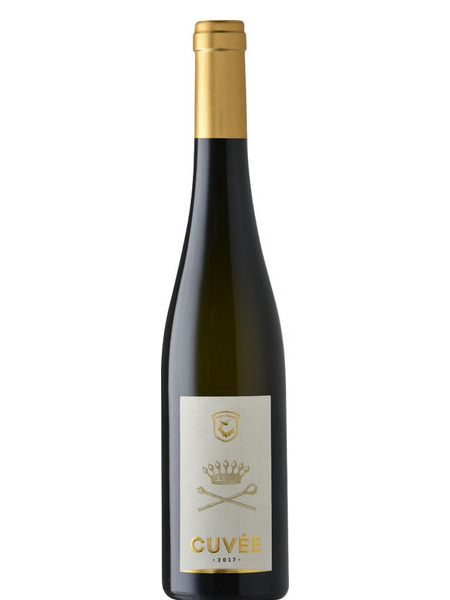 Vayi Cuvée 2018€12,90
Vayi Cuvée 2018€12,90€25,80 / l
incl. VAT
excl. shipping costs
Delivery time: 1-5 working days
-
 Sauska Late Harvest Cuvée 2023€17,50
Sauska Late Harvest Cuvée 2023€17,50incl. VAT
excl. shipping costs
Delivery time: 1-5 working days
-
 Royal Tokaji Late Harvest Cuvée 2018/2019€12,50
Royal Tokaji Late Harvest Cuvée 2018/2019€12,50€25,00 / l
incl. VAT
excl. shipping costs
Delivery time: 1-5 working days
-
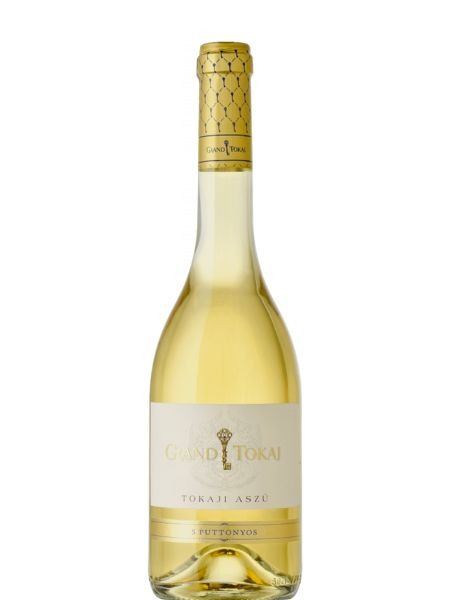 Grand Tokaj 5 puttonyos Tokaji Aszú 2017€31,90
Grand Tokaj 5 puttonyos Tokaji Aszú 2017€31,90€63,80 / l
incl. VAT
excl. shipping costs
Delivery time: 1-5 working days
-
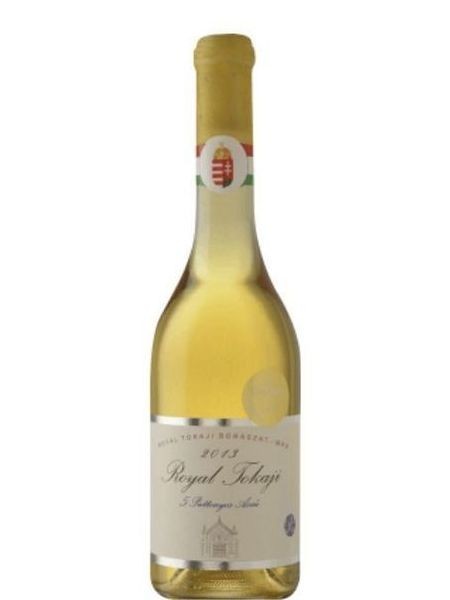 Royal Tokaji 5 puttonyos Tokaji Aszú 2018€33,90
Royal Tokaji 5 puttonyos Tokaji Aszú 2018€33,90€67,80 / l
incl. VAT
excl. shipping costs
Delivery time: 1-5 working days
-
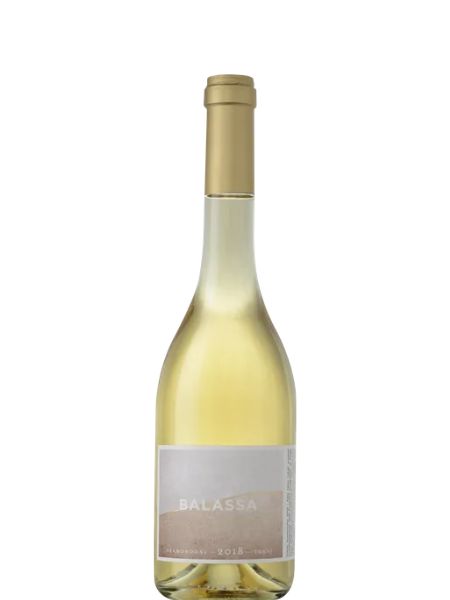 Balassa Szamorodni 2021€29,90
Balassa Szamorodni 2021€29,90€59,80 / l
incl. VAT
excl. shipping costs
Delivery time: 1-5 working days
-
 Degenfeld 5 puttonyos Tokaji Aszú 2017€36,90
Degenfeld 5 puttonyos Tokaji Aszú 2017€36,90€73,80 / l
incl. VAT
excl. shipping costs
Delivery time: 6-12 working days
-
 Degenfeld Sweet Szamorodni 2020 (Bio)€13,50
Degenfeld Sweet Szamorodni 2020 (Bio)€13,50incl. VAT
excl. shipping costs
Delivery time: 1-5 working days
-
 Szepsy 6 puttonyos Tokaji Aszú 2017€129,90
Szepsy 6 puttonyos Tokaji Aszú 2017€129,90€259,80 / l
incl. VAT
excl. shipping costs
Delivery time: 1-5 working days
*A quick Hungarian lesson: “-i” at the end of a word signifies “from” in Hungarian. So wine from Tokaj is Tokaji, wine from Villány is Villányi, and so on.

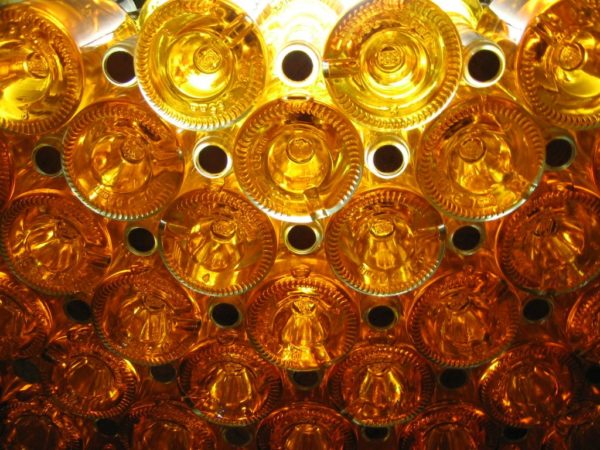
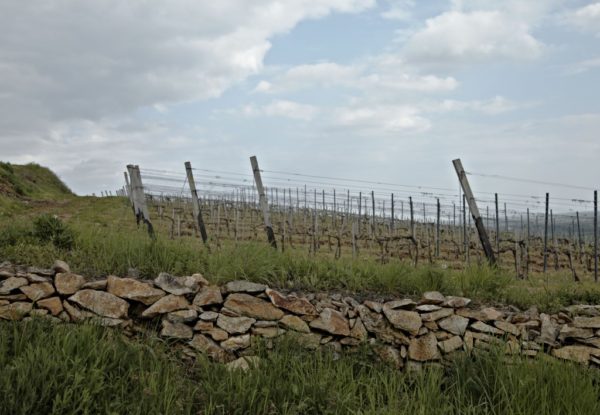

 Deutsch
Deutsch
